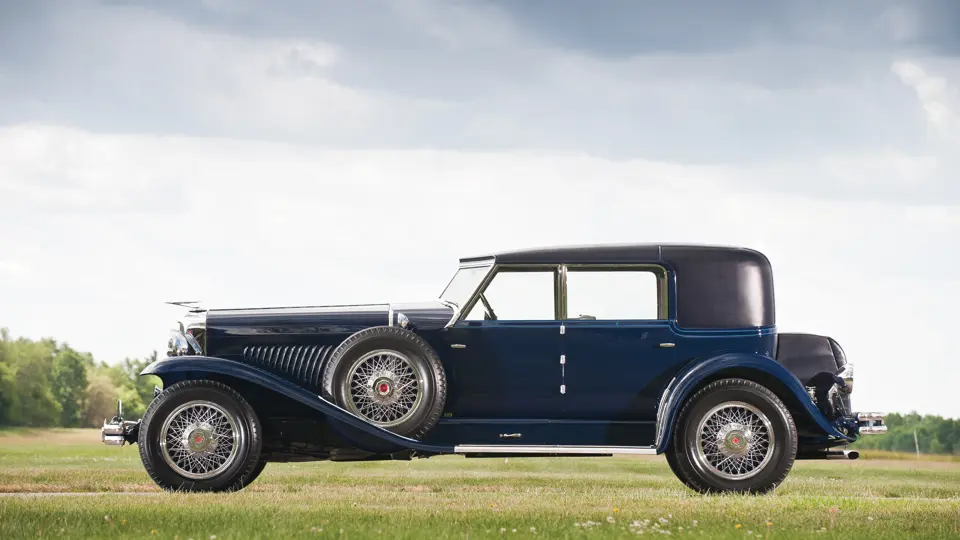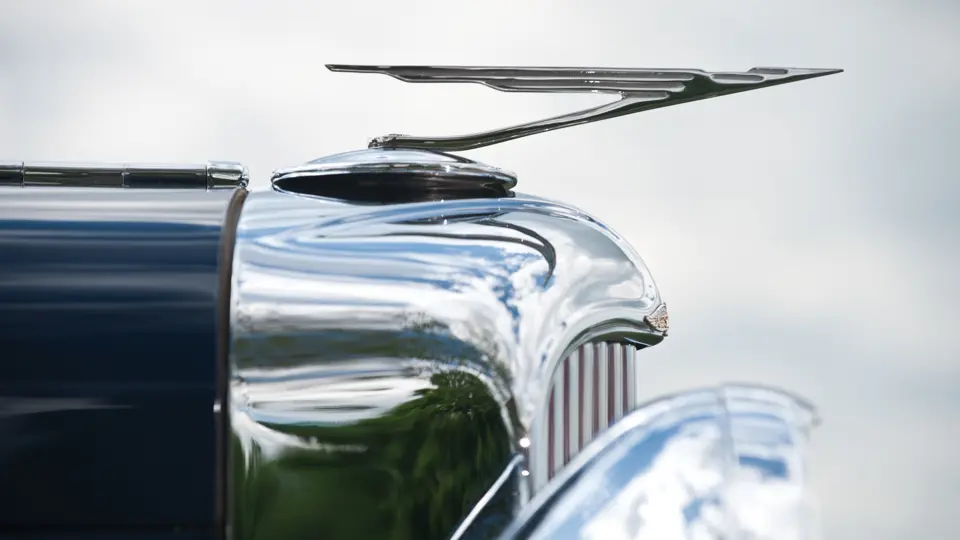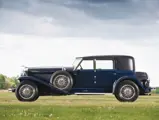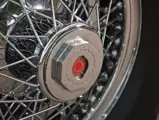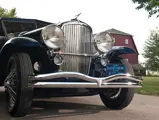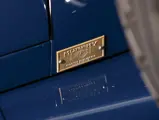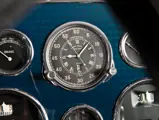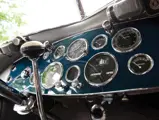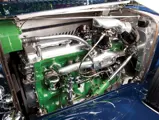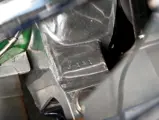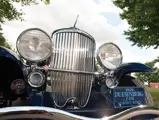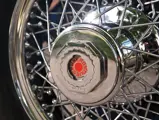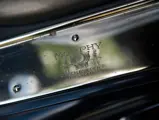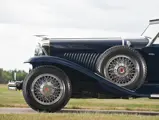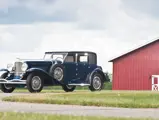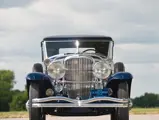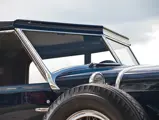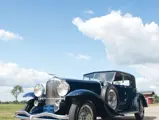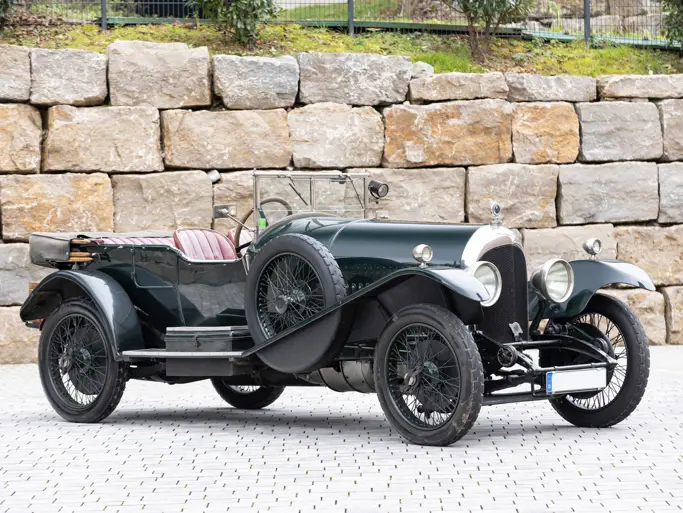265 bhp, 420 cu in DOHC inline eight-cylinder engine with four valves per cylinder and hemispherical combustion chambers, three-speed manual transmission, beam-type front and live rear axles with semi-elliptic leaf springs, and vacuum-assisted four-wheel hydraulic drum brakes. Wheelbase: 142.5"
• Pebble Beach Second in Class award winner; ACD certified
• One of only two in existence; original engine, body, and chassis
• Recent mechanical work and tour ready
• Long-term Norris family ownership
In retrospect, it is difficult to imagine the excitement with which the Model J was received in 1929. Here was a chassis with an engine that, at 265 horsepower, beat its nearest competitor by more than 100 horsepower. Coming from a company whose racing successes were legendary, it was the perfect marketing move. Priced at $8,500 for the chassis alone, the Model J was by far the most expensive car in America. The timing of the introduction could not have been better: with the economic successes of the 1920s, America's wealthy were ready to indulge themselves with the most powerful, bespoke automobile available.
The Walter M. Murphy Company, of Pasadena, California, is generally recognized as the most successful coachbuilder on the Duesenberg Model J chassis. Initially a distributor for Locomobile and Simplex, and later becoming the sole Lincoln distributor for the entire state of California, Murphy acquired the talent necessary to hand craft bodies that suited the California tastes of the time. They were simple and elegant, with trim lines and an undeniably sporting character. Murphy bodies seemed all the more revolutionary when compared to their contemporaries from the east coast, who built heavier, more ornate designs.
In fact, bold departures from conventional design were a hallmark of Murphy Chief Design Stylist Franklin Q. Hershey, who has to his credit more than 50 automotive designs, including the door-into-the-roof concept, which he pioneered for the Model J Duesenberg and is still widely used in the design of modern automobiles. Using center-mounted piano-style hinges, the doors on this Murphy Sport Sedan open opposite each other and come together almost handle to handle. Inside J-151/2132, grey leather seats are accented by grey upholstery on the door panels and headliner, as well as plush, matching grey carpet. Recessed in the rear quarter, added privacy was afforded by a pull-down blind for the back windows. The Sport Sedan featured specially hinged dark green glass sun visors and a ‘V’ shaped cowl following the contours of the windshield. The Model J was equipped with one large and unmistakable taillight: the word ‘STOP’ illuminated in red when the brake was applied. This is one of the examples that has been optioned with two taillights.
The Model J Sports Sedan presented here is the first of two examples bodied by Murphy and one of the earliest Model Js built. Common to the first 50 Model Js, it was originally fitted with an Auburn gas pedal. In 1932, it was sent back to the factory and fitted with a later radiator shell with the attractive chromed shutters, and the carburetion was changed from the updraft Schebler to the downdraft Stromberg. The original crankshaft was retained with the serial number matching the engine number, as of the early-1990s, and it can be presumed that it retains the original crankshaft to this day. The engine also has a two-piece exhaust manifold that is correct for this car.
J-151/2132 was one of the cars featured by Duesenberg in the San Francisco Salon in 1929, and shortly thereafter, it was purchased from Duesenberg by the Norris family, whose holdings, mainly in Chicago and Colorado Springs, included the famed Broadmoor Hotel, where their Model J was reportedly stored for most of its life, until the end of the Norris family’s ownership in 1985. It was then purchased by noted collector and restorer John Mozart and then to Jerry Moore, of Texas, in 1991. Dr. Joseph Murphy then owned the car until it was acquired by the current owner over a decade ago. Some years ago, J-151 benefitted from a meticulous, professional restoration completed to the highest standards; the quality of work was recognized with a Second in Class at Pebble Beach in 1986, in a special class for Murphy-bodied Duesenbergs. This car was also shown at Pebble Beach in 1994 and has subsequently been well looked after, remaining in excellent condition today. It has also been ACD certified, wearing Category One badge number D-185.
Finished in dark blue with a dyed blue leather top and matching leather trunk, the exterior is complemented by the grey leather interior with matching carpets. It rides on blackwall tires, which make it stand out in a field of grand classics, and benefits from the trademark Murphy Clear Vision pillars, which minimize obstruction from the driver’s seat. Hershey’s sport styling creates a pillarless open passenger compartment when the front and rear windows are lowered.
In the current ownership, it has been toured on the Duesenberg tours organized by well-known collector Mr. Sam Mann in Wyoming, in 2007, California in 2008, and Texas in 2010. For most of the last decade it was serviced by marque expert Brian Joseph, who has performed the following cumulative work: rebuilding of the rear shocks; rebuilding of the front and rear driveshaft u-joints; rebuilding of the radiator, including shutters and thermostat; rebuilding and relining of the clutch; a complete brake job, including relining of the brake shoes; rebuilding of the wheel and master cylinders, and new brake drums; and a complete engine rebuild, including new Arias pistons, new Carrillo connecting rods, new rod bearings, grinding of the crankshaft, rebuild of the fuel pump and Bijur unit, carburetor rebuild, rebuild of the timing chain tensioners, and of course, appropriately repainting or polishing all components.
It cannot be over emphasized that aside from high quality, as well as the striking beauty of the Franklin Hershey-designed body, this Duesenberg has been maintained to run and drive as it did when tested by the factory. It is, without a doubt, tour ready, a claim which can be made by relatively few surviving Duesenbergs and one that makes this example superlative.
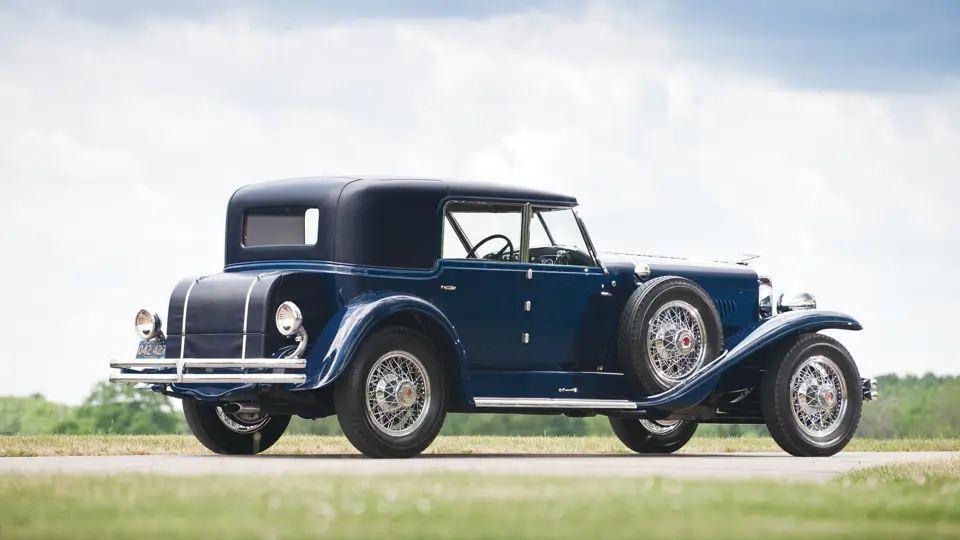

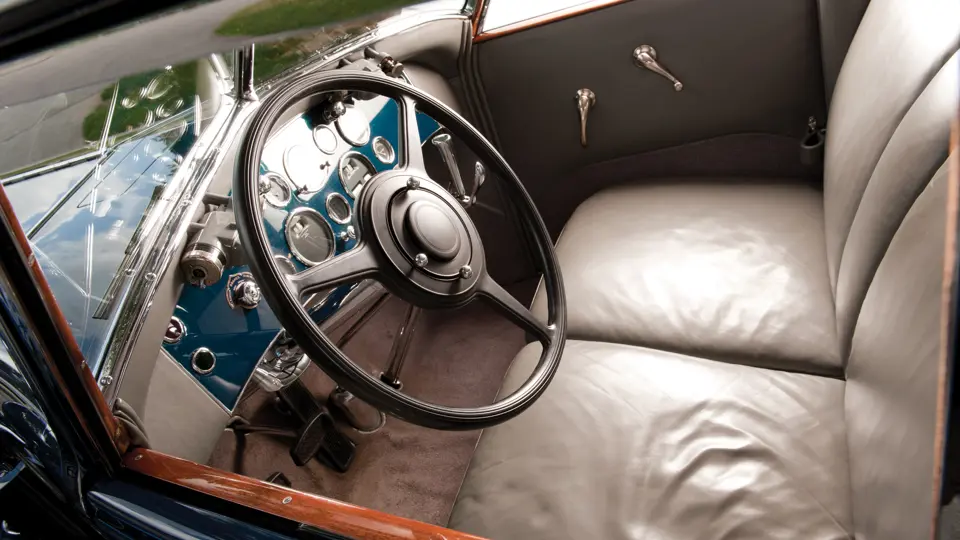

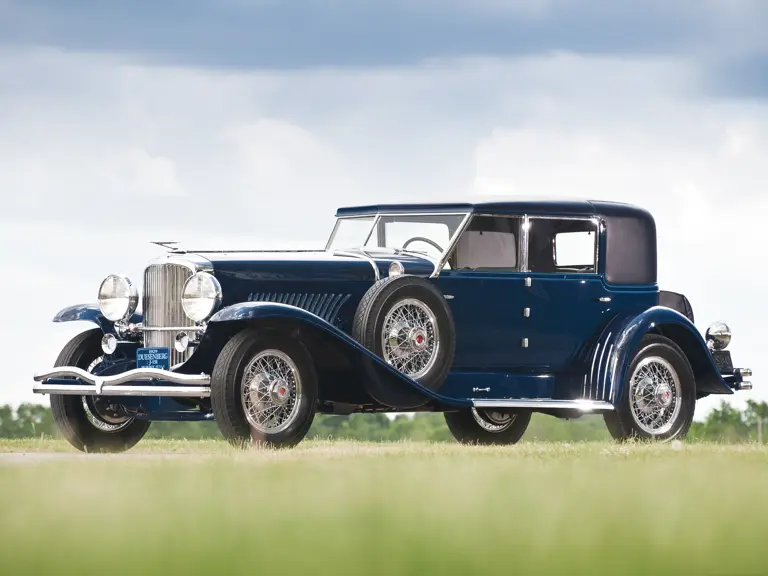
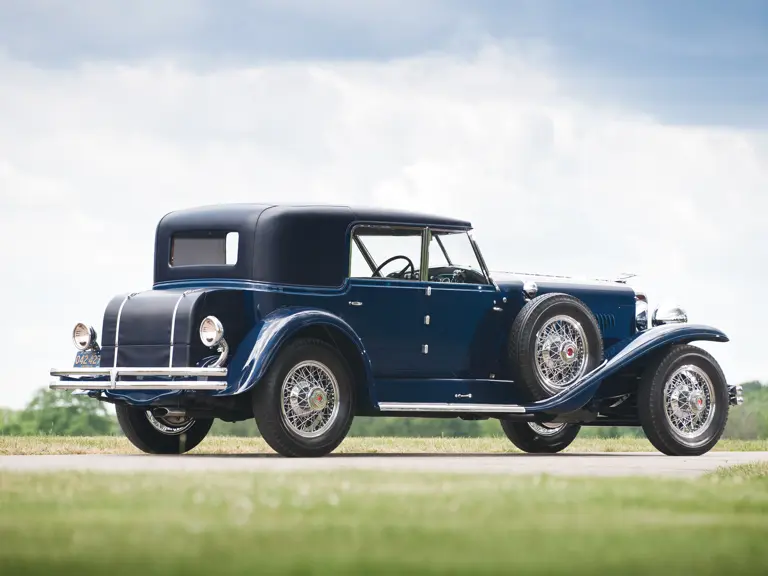
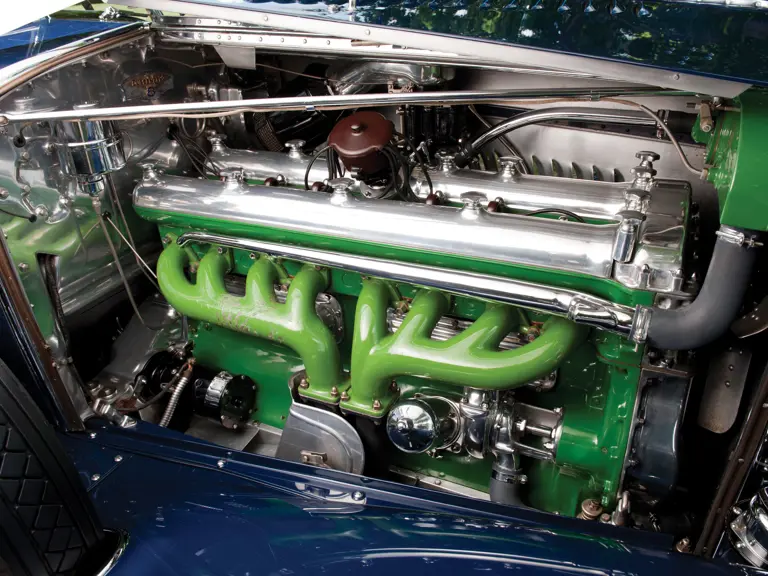
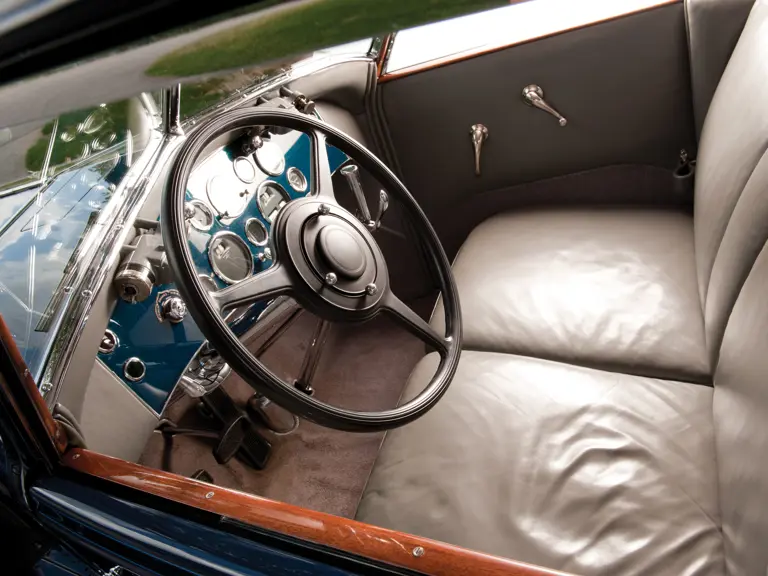
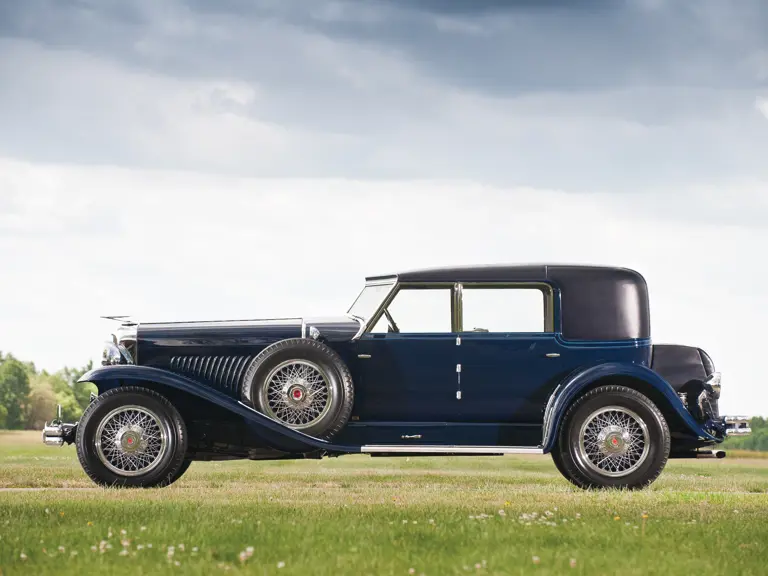
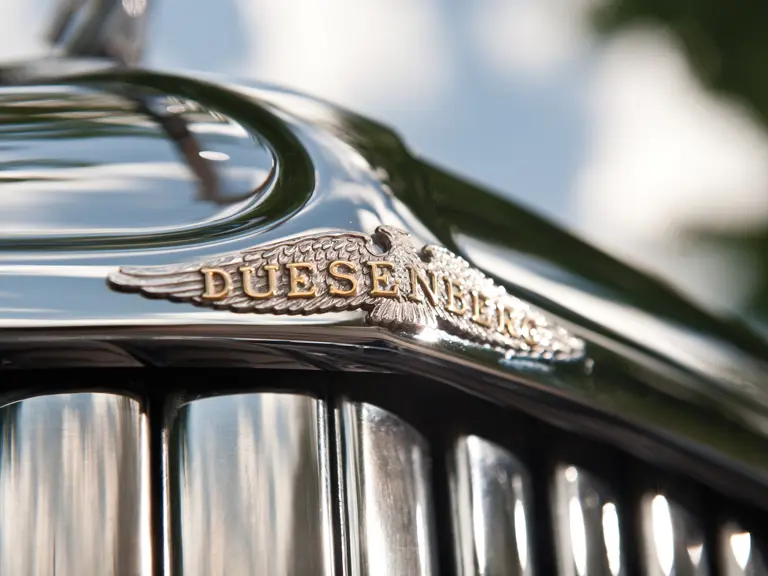
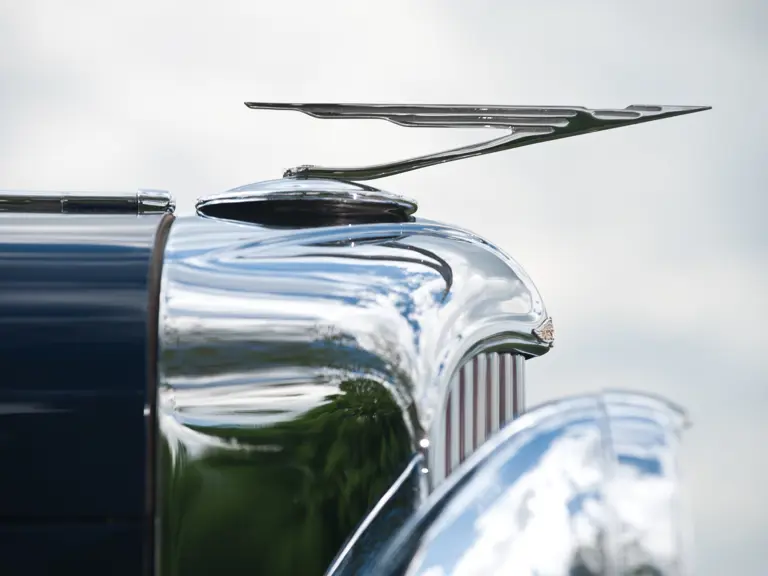
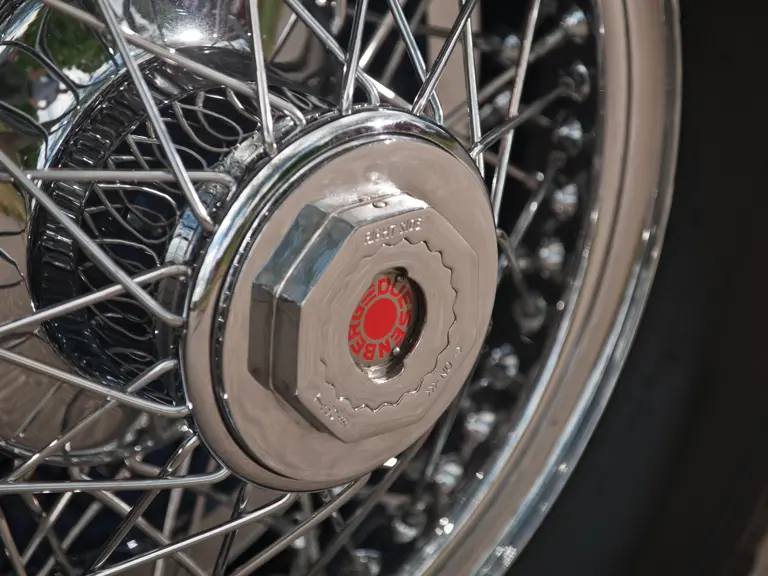
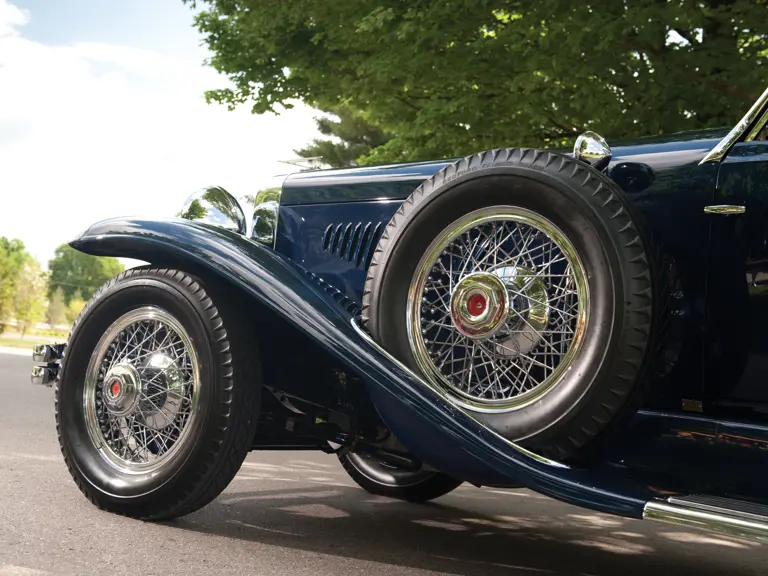

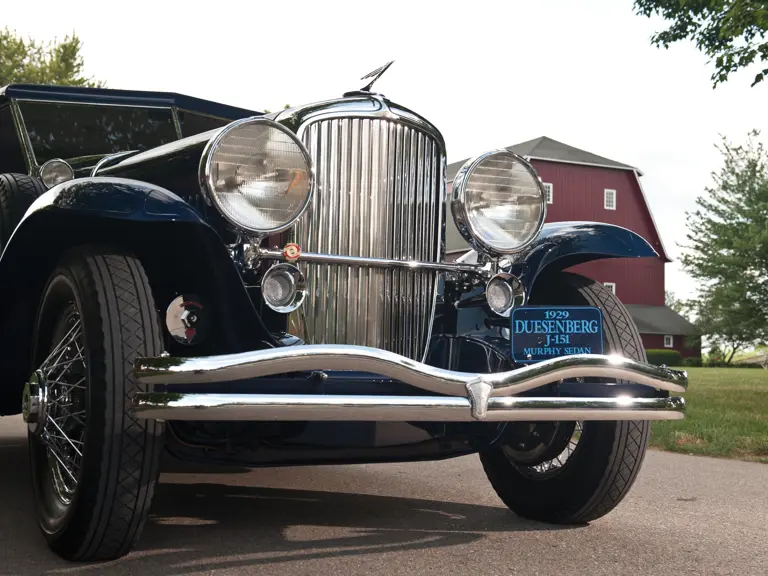

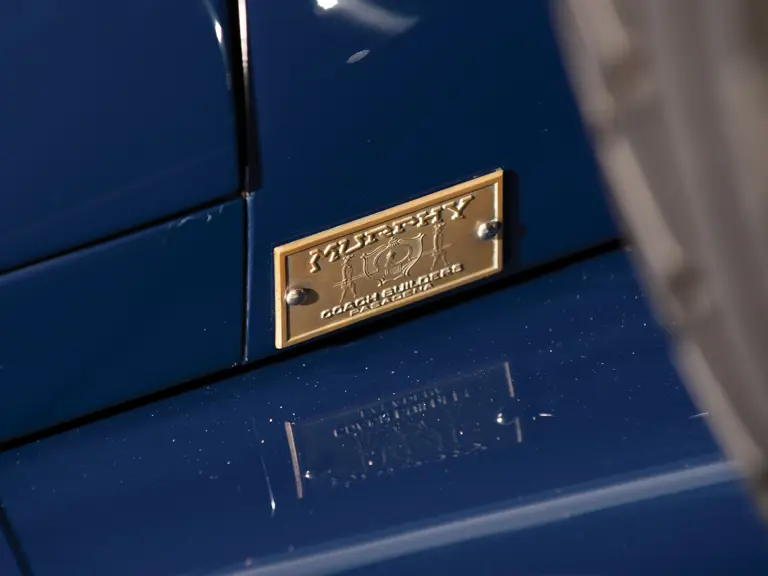
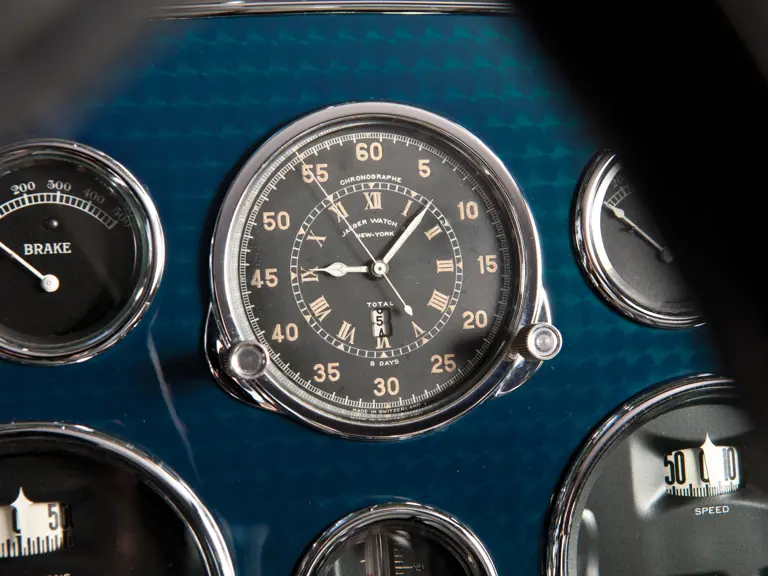

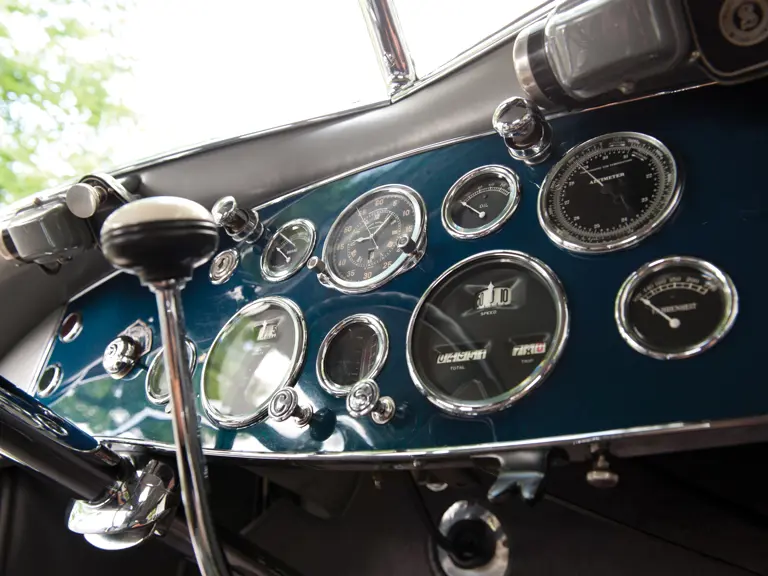
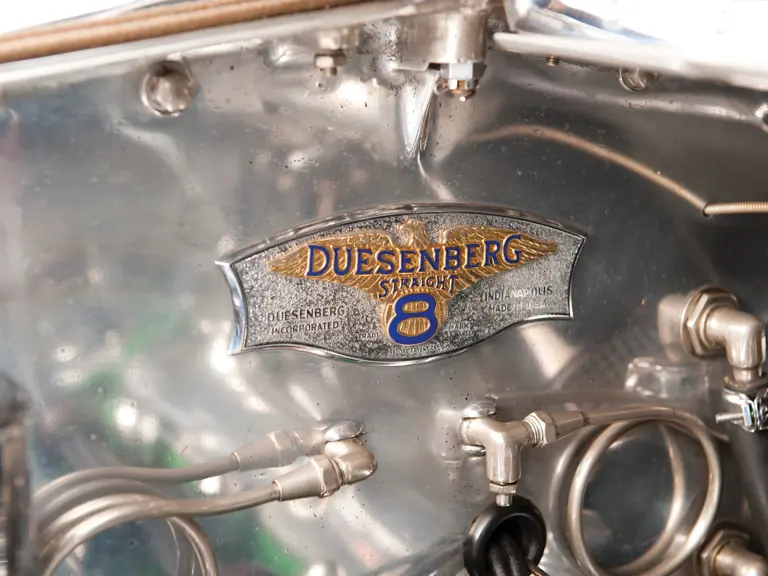
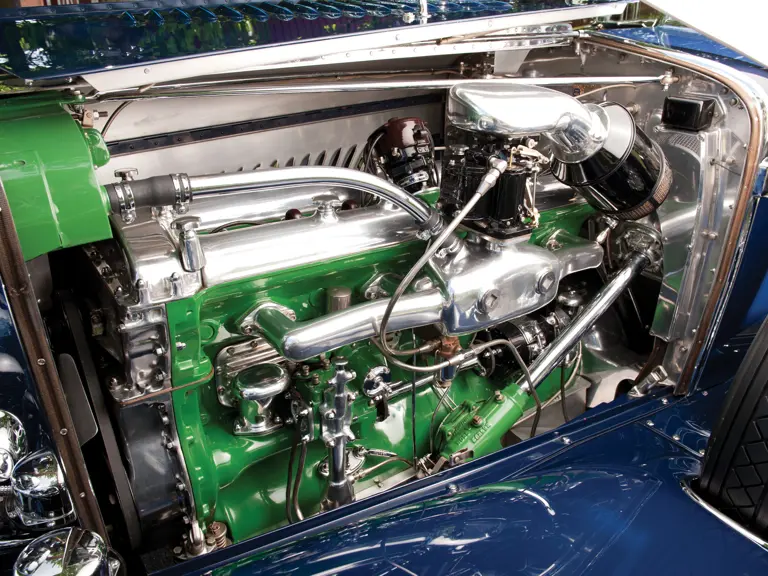


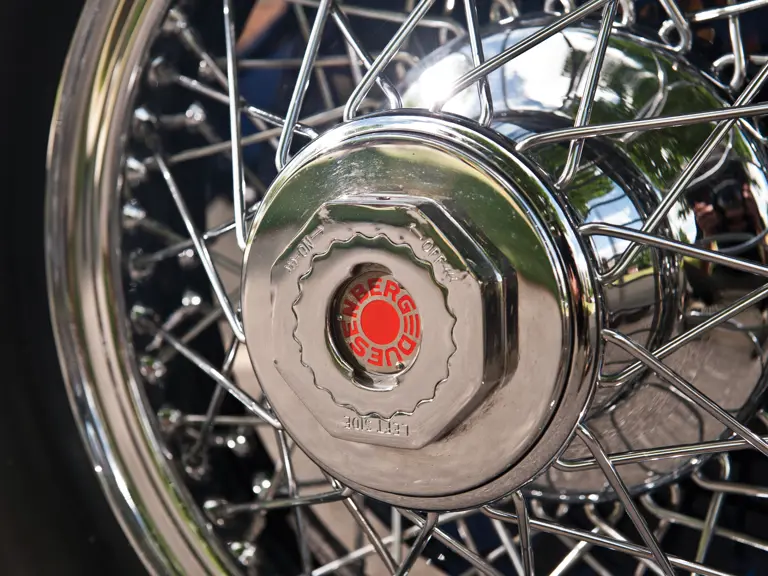
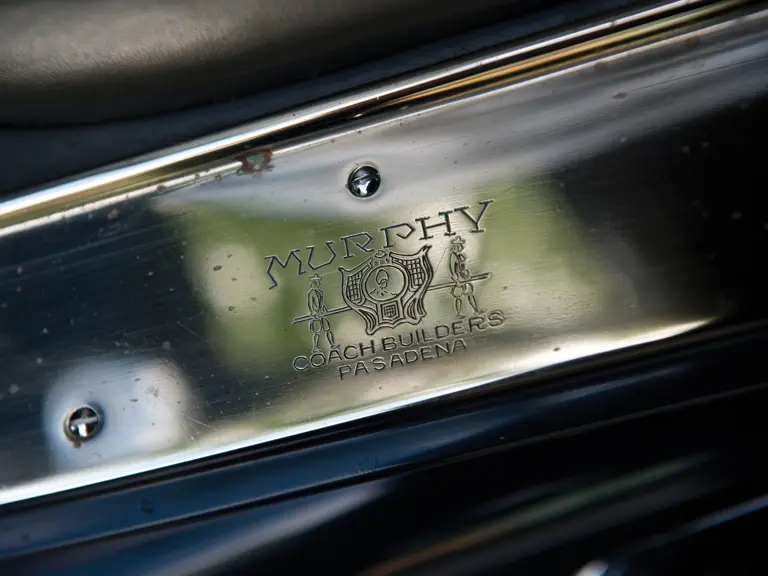

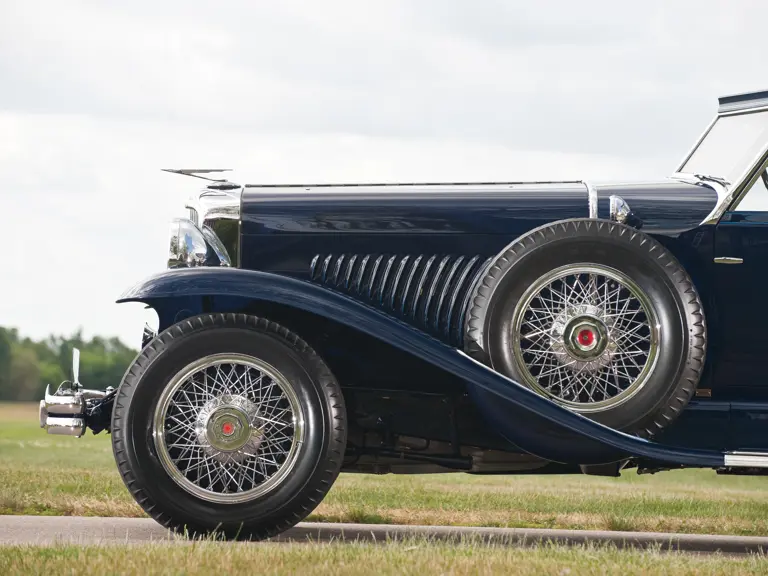
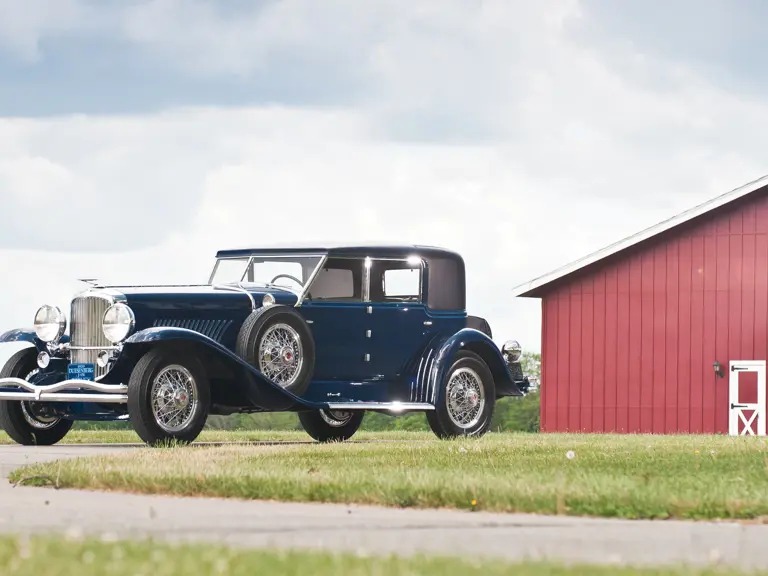
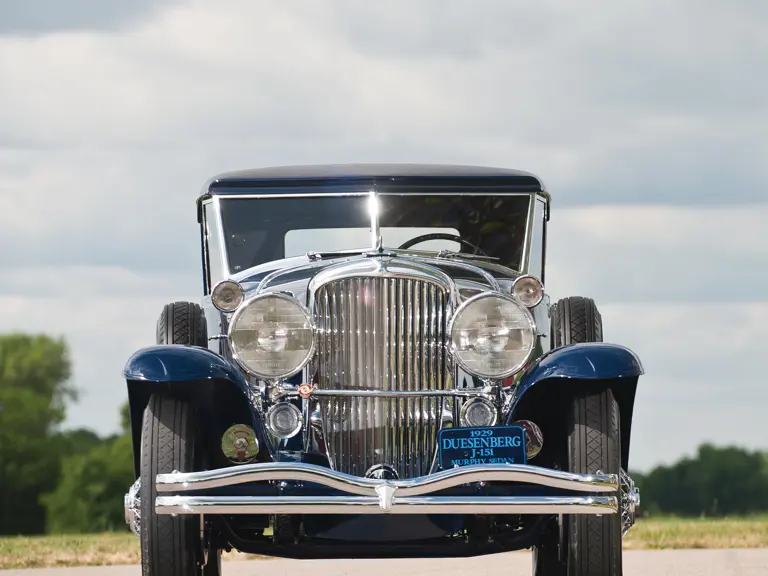
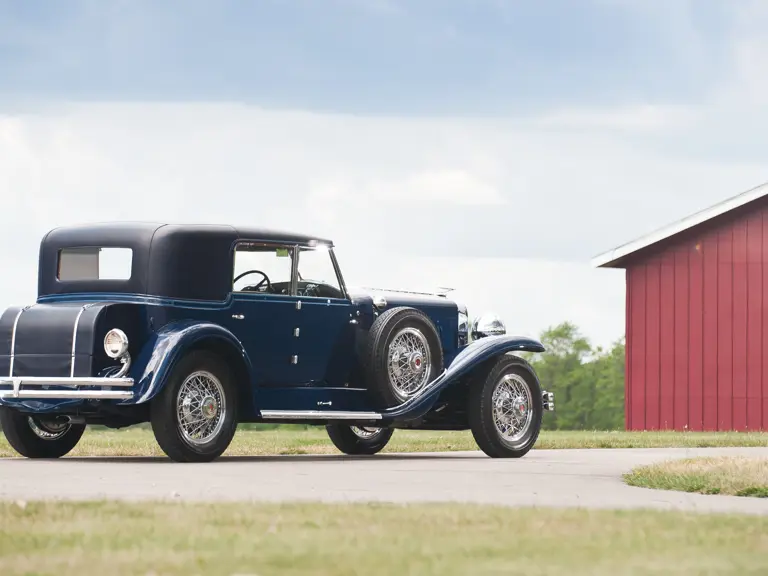
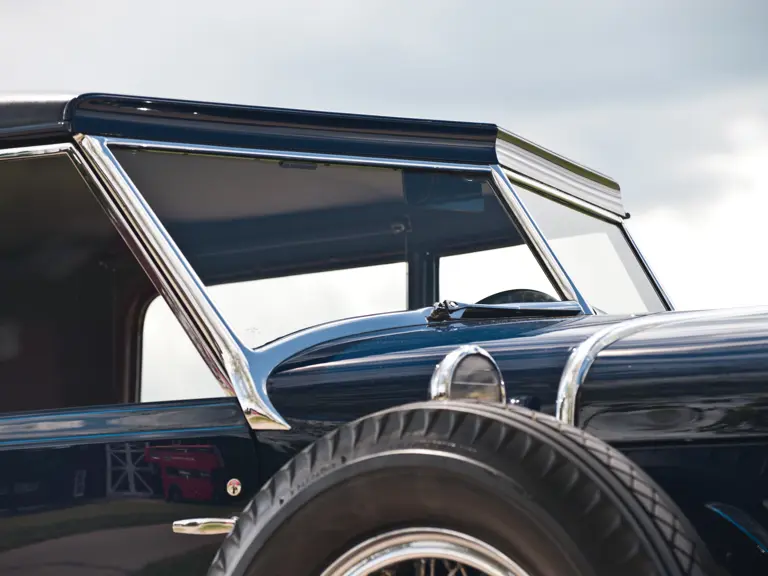
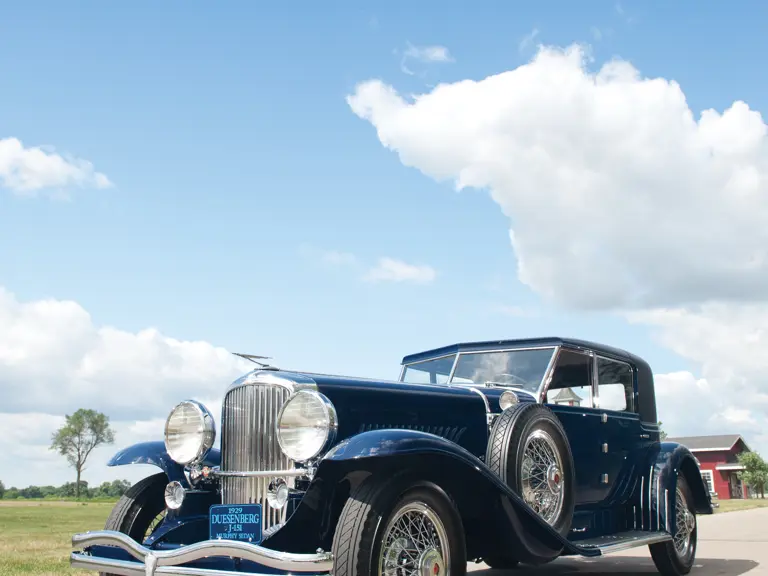
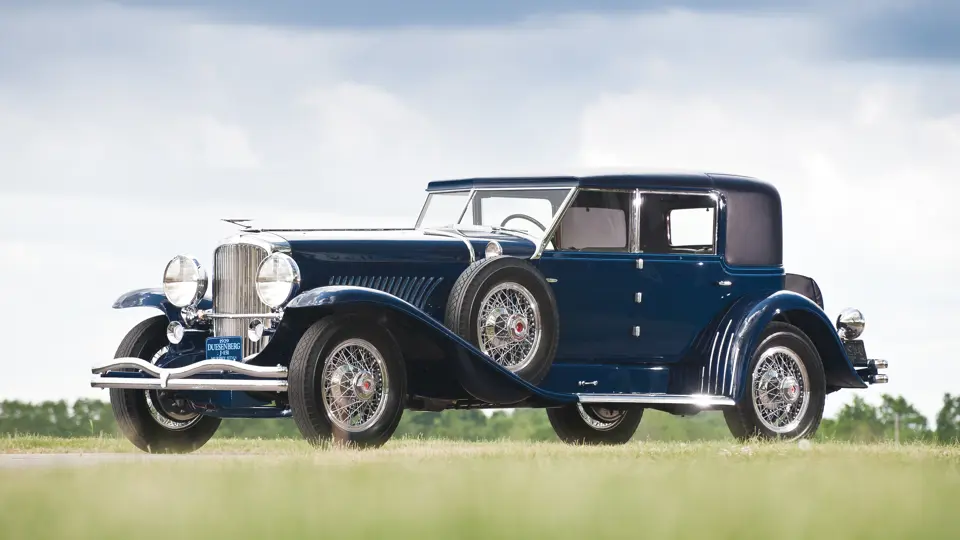
 | Monterey, California
| Monterey, California
